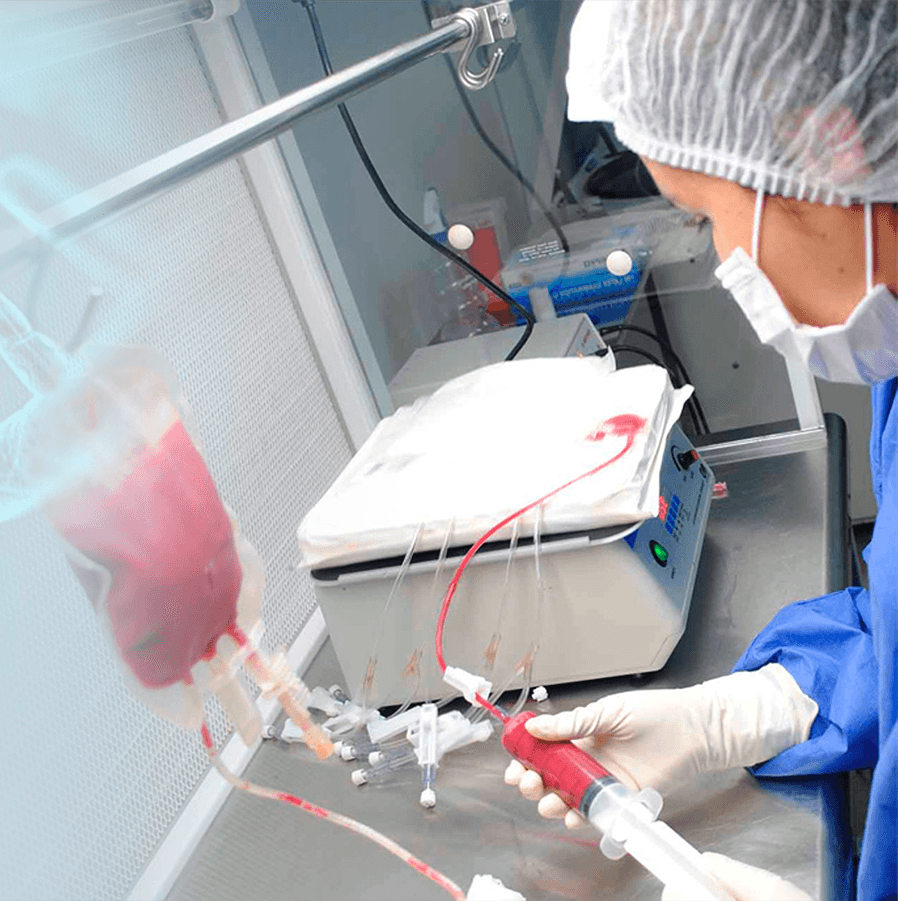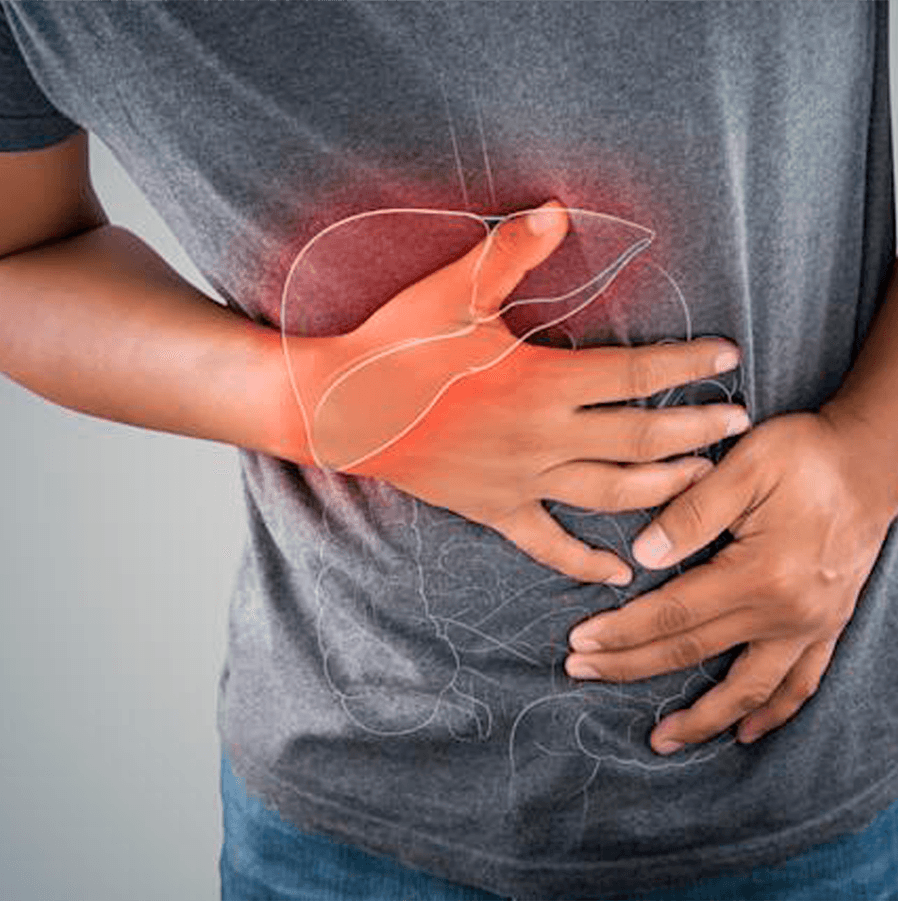Coronary diseases
Coronary heart disease remains one of the leading causes of death despite advances in its treatment.
What are coronary diseases?
Coronary heart disease is basically the obstruction of the coronary arteries, which are responsible for carrying oxygenated blood to the heart muscle. There are various factors that predispose a person to this disease. Among these are high blood pressure, Diabetes mellitus, high cholesterol and fat levels, smoking, a sedentary lifestyle or lack of exercise, obesity, stress and genetic inheritance, among others. These factors cause disease of the inner layer of the arteries (endothelium), which in turn begins to form obstructive plaques inside the vessels, preventing adequate blood flow.
What is a heart attack?
Acute myocardial infarction is the most acute and severe presentation of coronary disease. It occurs after, for various reasons, the envelope (capsule) of the atheromatous plaques present inside the diseased arteries breaks. With which the interior of the plaques comes into contact with the circulating blood, forming a clot that completely occludes the interior of the artery. This prevents the passage of blood to the heart muscle, so if blood flow is not quickly restored, the heart cells will begin to die from lack of oxygen. Then a heart failure will occur that can end in the death of the patient.
The early opening of the occluded artery, as well as the standard treatment after an acute myocardial infarction, have managed to improve the survival of patients. On the other hand, there is a large number of patients with angina pectoris, resistant to conventional medical treatment, in whom there is no possibility of revascularization (angioplasty or bypass surgery), who see their lives seriously limited and threatened. A third group of patients is that with heart failure, either due to previous heart attacks or other causes, who are not only at risk of sudden death, but also require frequent hospitalization due to decompensation of their clinical history.
Patients with Acute Myocardial Infarction (AMI) or with chronic coronary ischemia or awaiting a heart transplant and who, despite having undergone angioplasty with coronary stent placement or Aortocoronary By-pass surgery, fail to regain strength or heart function. Nor the symptoms that afflict these patients, chest pain, easy fatigability and conditions ranging from heart failure, acute pulmonary edema, readmissions, with the consequent high mortality.
It is these groups of heart patients who can benefit from being treated with adult stem cell implantation, always in addition to conventional therapy. The effects of this innovative therapy on quality of life are ultimately due to the improvement of cardiac function and the reduction of angina.
 6 th avenue 6-63 zone 10 Sixtino Building Clinic number 307
6 th avenue 6-63 zone 10 Sixtino Building Clinic number 307
 +502 22384397
+502 22384397
 +502 37649731
+502 37649731











